On the evening of 23 October 1984, Bob Geldof, singer with the waning pop act the Boomtown Rats, had a social engagement. He had been invited to Mayfair for the launch of a book by Peter York, profiler of London’s most privileged bons vivants. But before he left the house, Geldof watched the BBC television news and a report by Michael Buerk about a hellish famine in Ethiopia.
Among the many startling, blackly comic archive clips in Live Aid at 40: When Rock ’n’ Roll Took on the World is footage of Geldof at that glitzy party, reeling from what he had seen on TV and remarking to a fellow guest that it was “gross” for them to be enjoying champagne and canapes. That tension between glamour and guilt is at the heart of this three-part retrospective that doesn’t ignore the flaws in Geldof’s grand plan to use music to feed the world. It’s a fascinating portrait of a complex man’s imperfect attempt to solve an impossible problem.
The grand achievement commemorated in the title of the series is Live Aid, the Geldof-organised mega-concert that took place in London and Philadelphia in the summer of 1985. Episode one, however, is all about the smaller but still massive cultural moment that resulted from Geldof’s initial impulse to raise funds for Ethiopia: Do They Know It’s Christmas?, a single by the hastily assembled supergroup Band Aid.
Having written the song with Midge Ure of Ultravox, Geldof sets about convincing every pop star in Britain to gather at a recording studio in west London on 25 November 1984. For the first time but not the last, something that shouldn’t be possible happens very quickly: Geldof has the balls to demand participation from A-list stars, who have all seen the Buerk report and are keen to help.
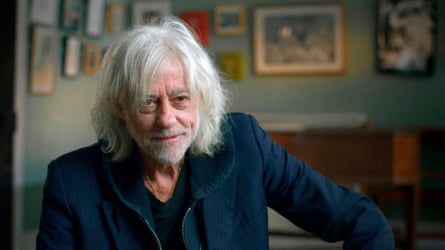
Pop is far too globalised, atomised and digitised now for such a project to take off: at best in the 21st century, the equivalent celebrity charity effort would be a co-authored viral video. Geldof and Ure both make the point that in 1984, pop gods were overwhelmingly from working-class backgrounds, which is also much less true today. But however it came about, everyone turns up, from Spandau Ballet to Duran Duran, Phil Collins to Sting, Status Quo to Bananarama.
The footage of them there together is still intoxicating. George Michael sings a line, looks dissatisfied then fixes it, changing “but say a prayer” to “BUT say a prayer” on the next take. Bono might be characteristically cringeworthy in his 2025 interview, with his talk of how he and fellow Irishman Geldof “have the folk memory of famine” and are thus particularly attuned to the cause, but he also knows exactly what he’s doing when a lyric sheet and a microphone are in front of him: having been given the song’s darkest, most difficult line, he shifts “Well tonight thank God it’s them, instead of you” up an octave to the top of his register, doubling its impact.
Once the single has sold a zillion copies, we witness Geldof’s transformation from musician to activist. Before long he is meeting Mother Teresa (“She played the old lady shtick but boy, this was showbusiness”) and telling world leaders what he thinks of them: the documentary has dug up a clip of him ambushing Margaret Thatcher over her initial insistence on collecting VAT on every record sold. In a situation where one could so easily think of the right thing to say afterwards when it’s too late, Geldof rather magnificently knocks down her glib defence of western inaction there and then. He is even more unapologetic with the president of Ethiopia, swearing at him to his face, although sadly there’s no footage of that and we have to rely on Geldof’s recall.
The most stunning moment is another Geldof recollection, from when he was in a desert in Ethiopia and heard Do They Know it’s Christmas? on the radio: when he gets to the part about listening to that Bono line while looking directly at the horror it referred to, the present-day Geldof suddenly bursts into tears. “All the rage, all the shame” is his bluntly eloquent summary of emotions that are still with him, and he is frank here about becoming a white saviour figure who placed himself in the spotlight – but had to do that to keep the media interested.
Whether Geldof ultimately struck that balance is explored in the two further episodes, as is the question of how the money was distributed and how much self-interest drove the artists who performed at Live Aid. But there’s no debating what an extraordinary phenomenon it was.

 10 hours ago
2
10 hours ago
2


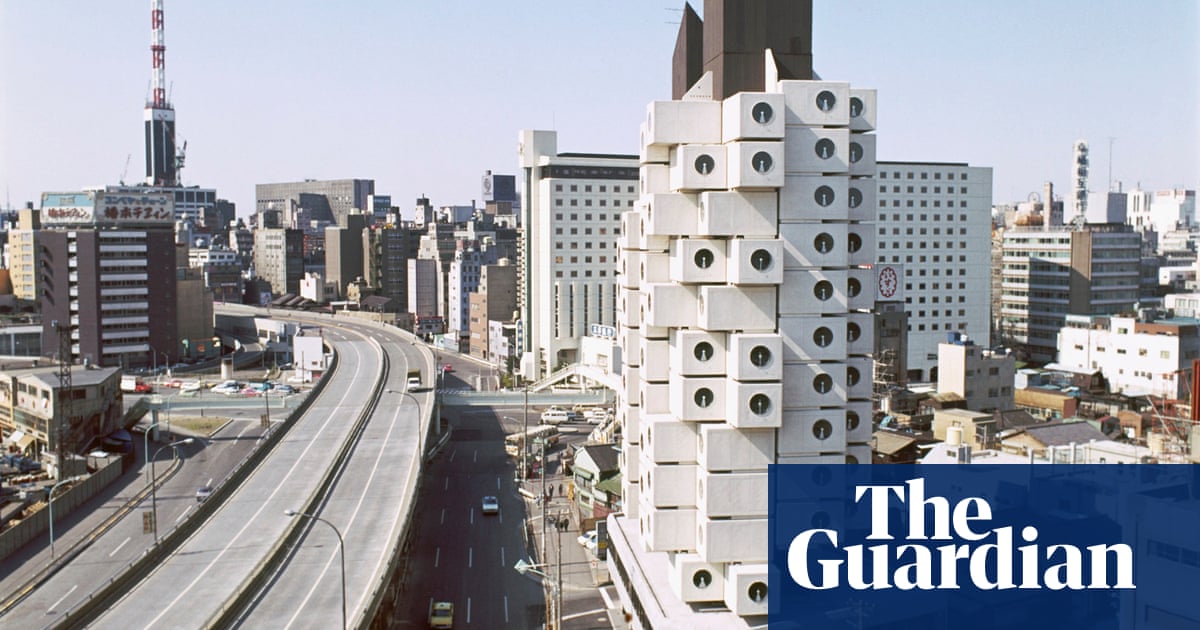
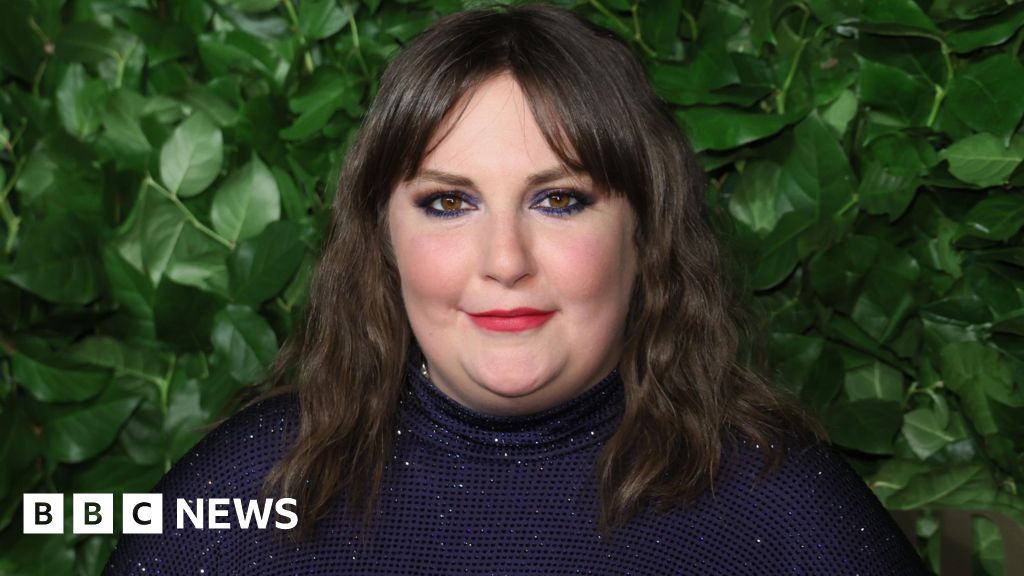


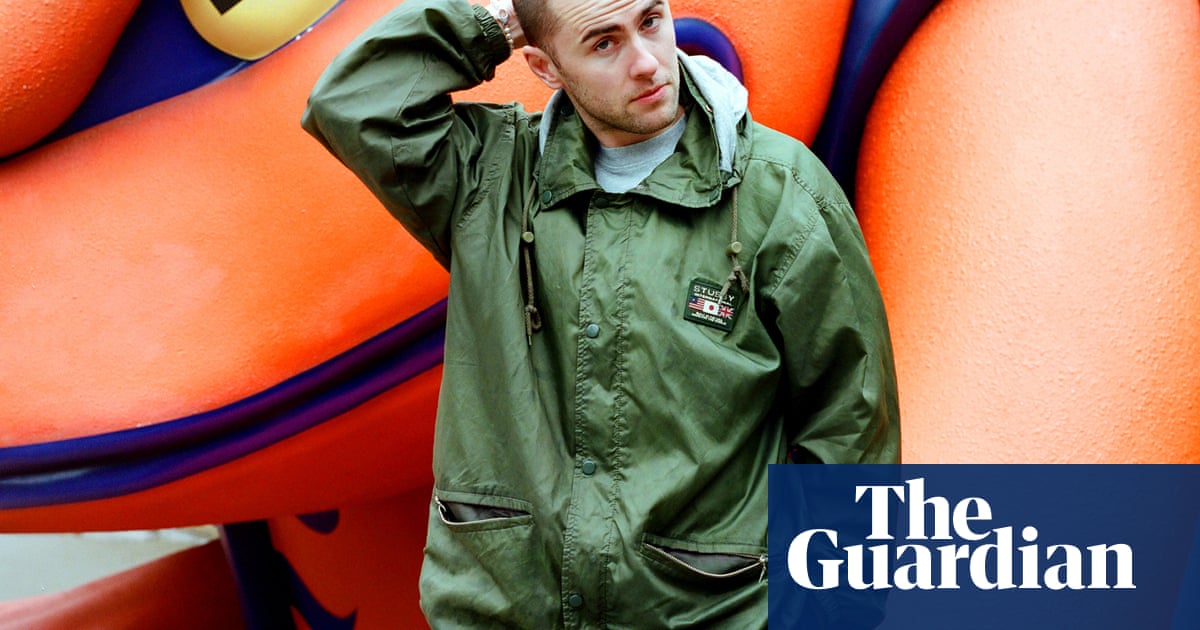


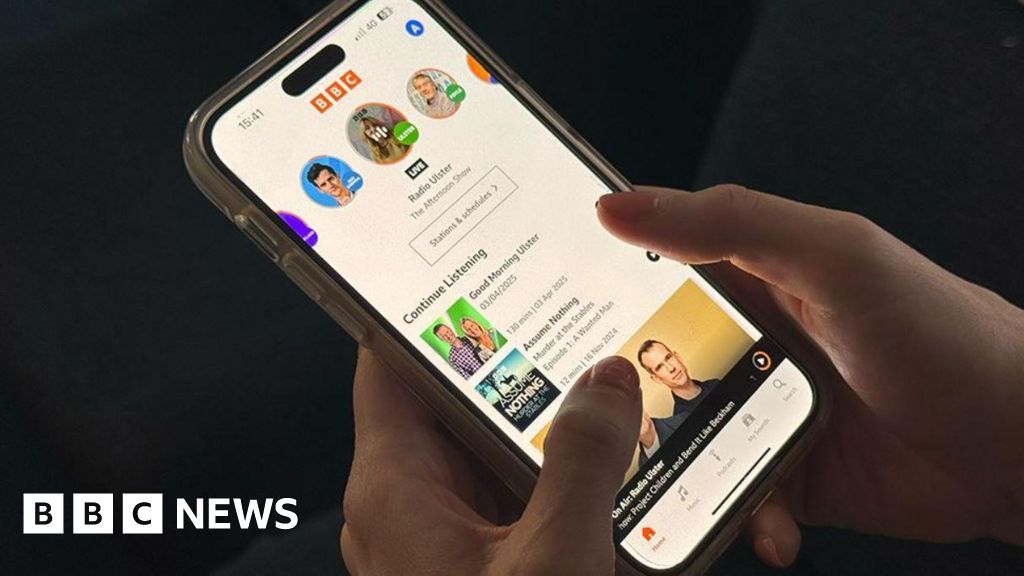
 English (US)
English (US)